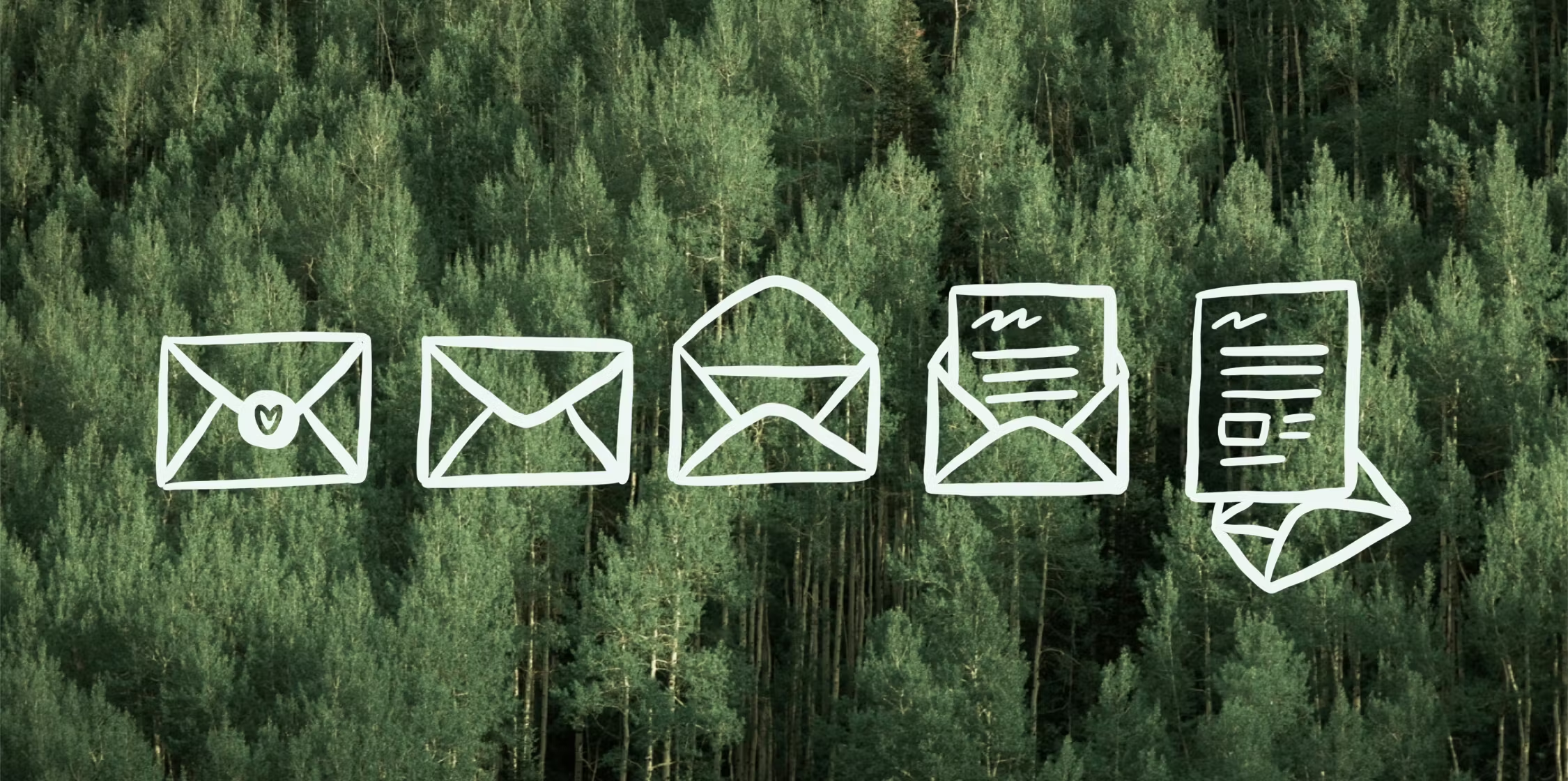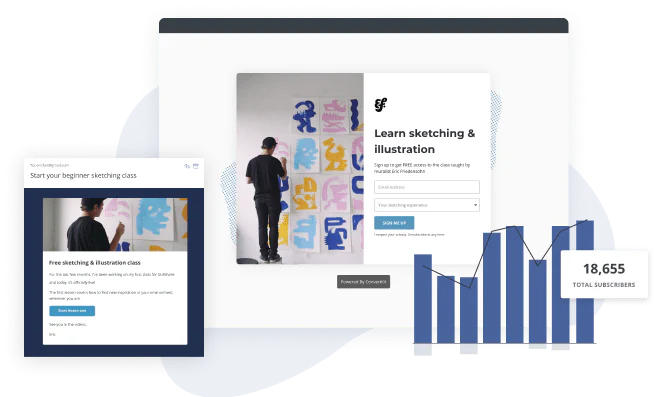How to craft onboarding emails to initiate a customer journey that leads to retention
Updated: July 24, 2024
13 min read

Own the relationship with your audience
Kit helps you build a relationship with your followers and own that connection you make with them through your email list.
Start a free 14-day Kit trial
Afoma Umesi
Afoma Umesi is a freelance writer for software companies and businesses in the marketing industry. When she's not tapping away at her keyboard, you'll find her reading a good book or experimenting in the kitchen. (Read more by Afoma)


